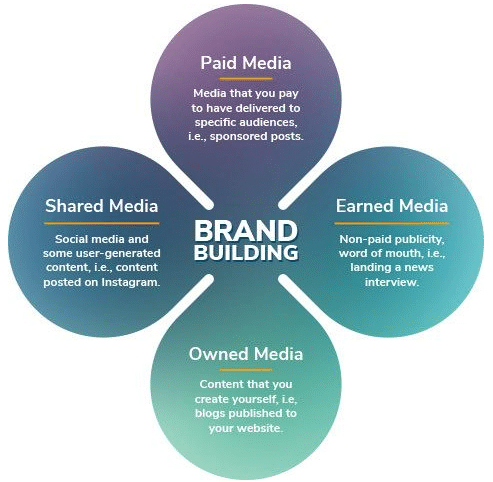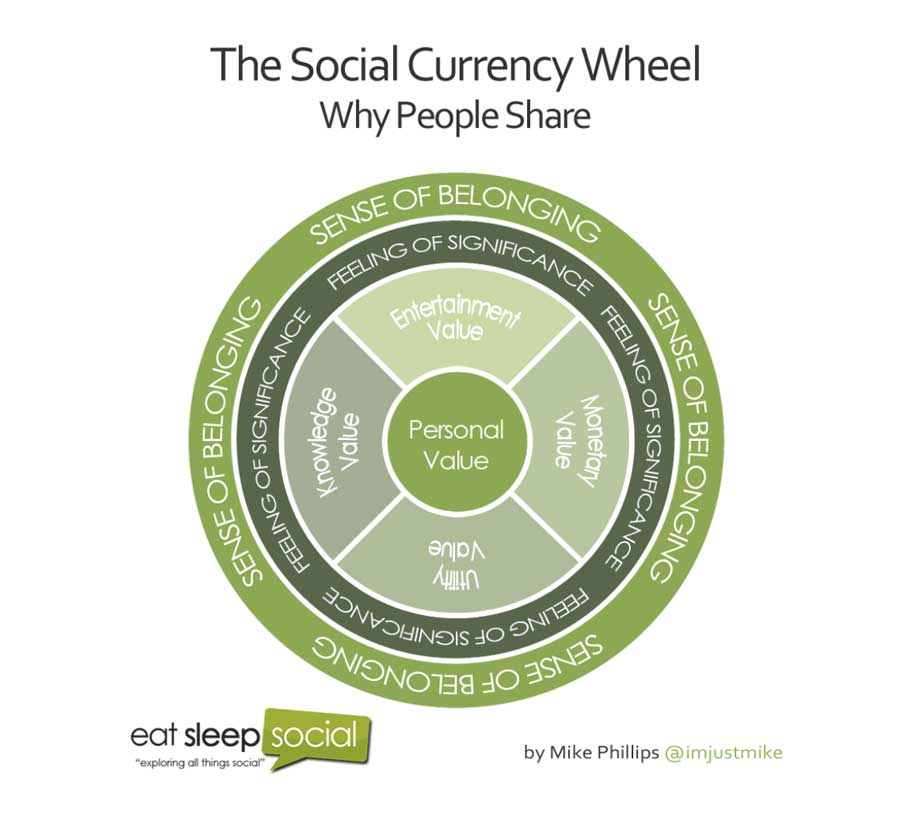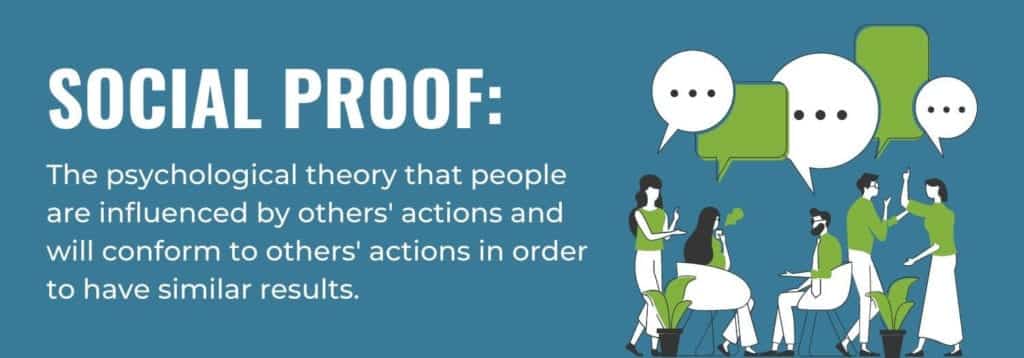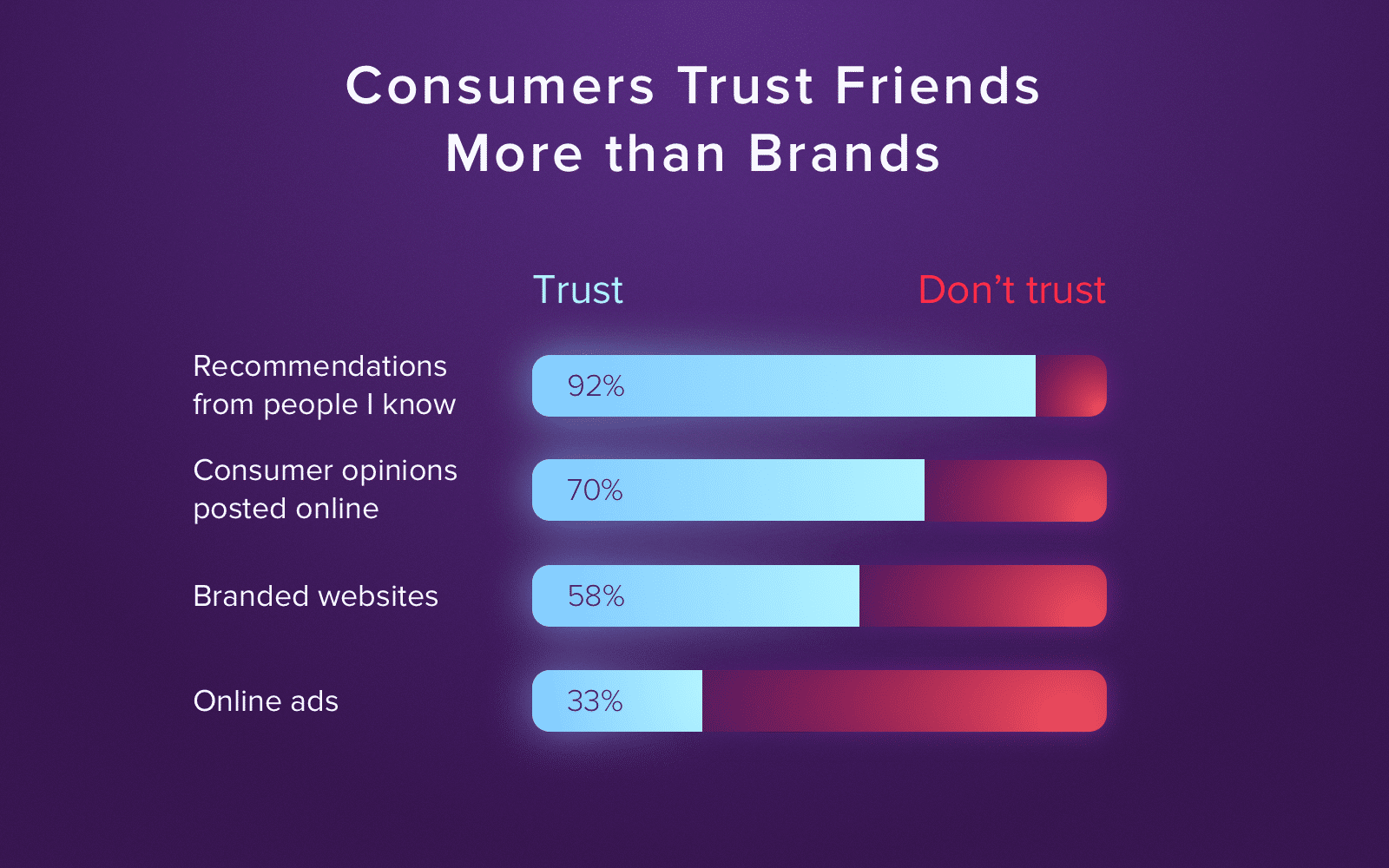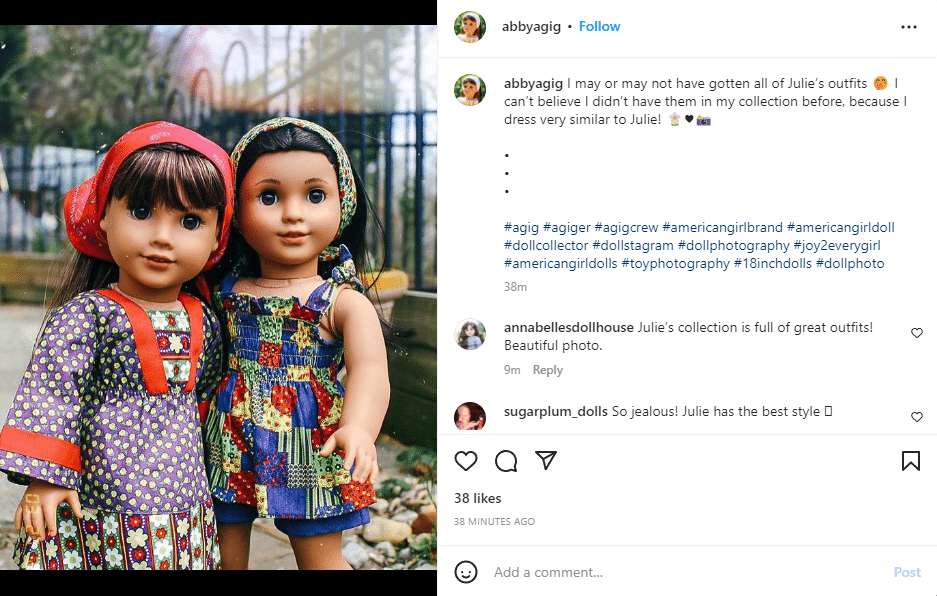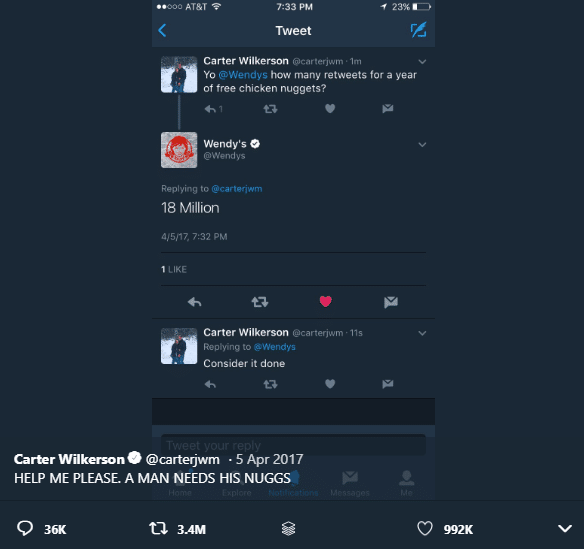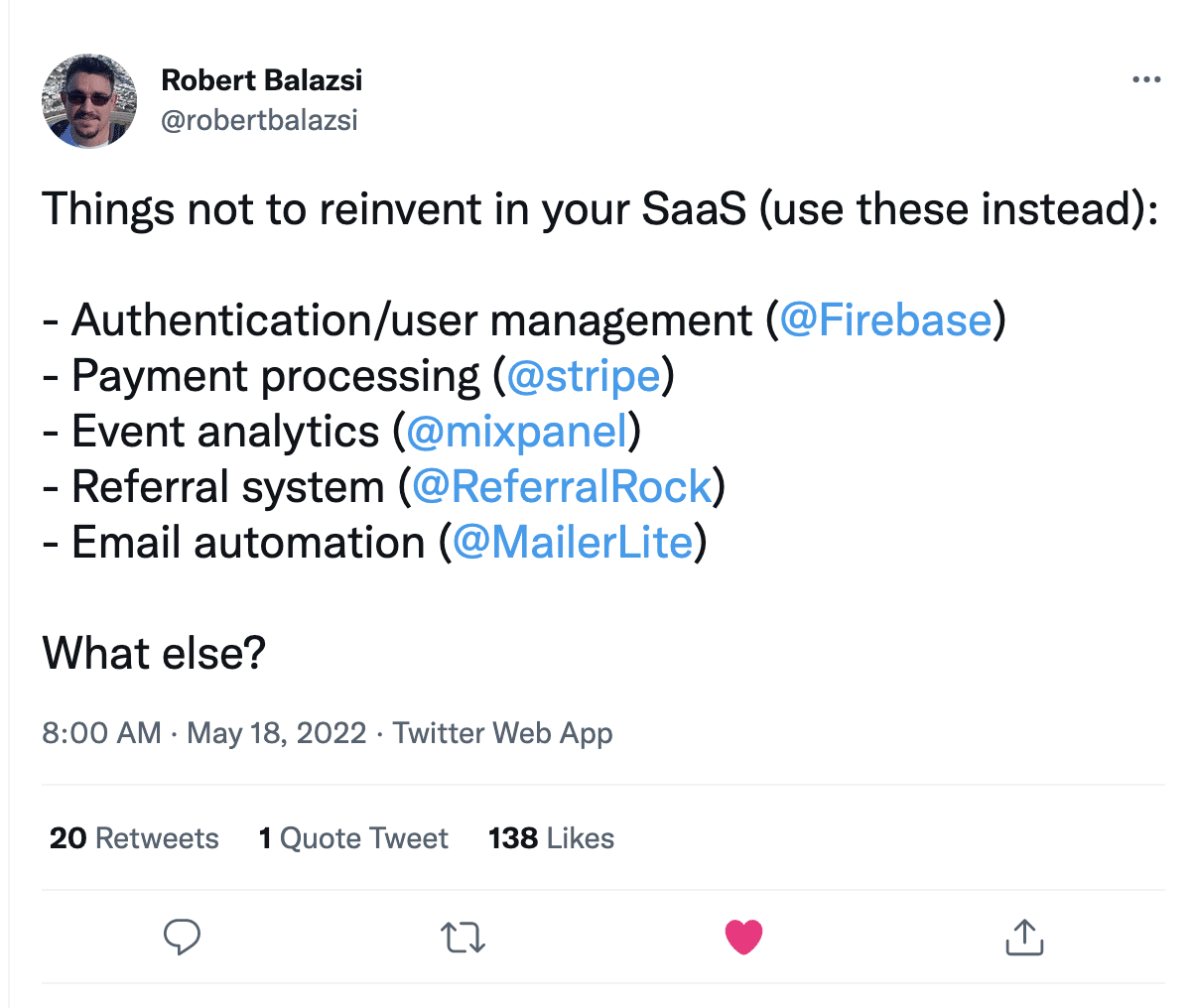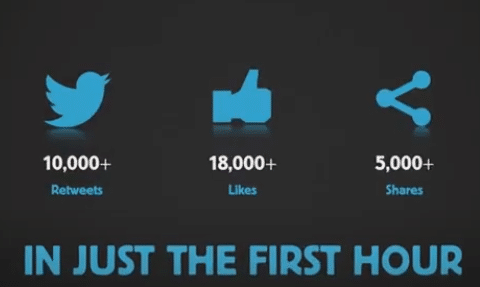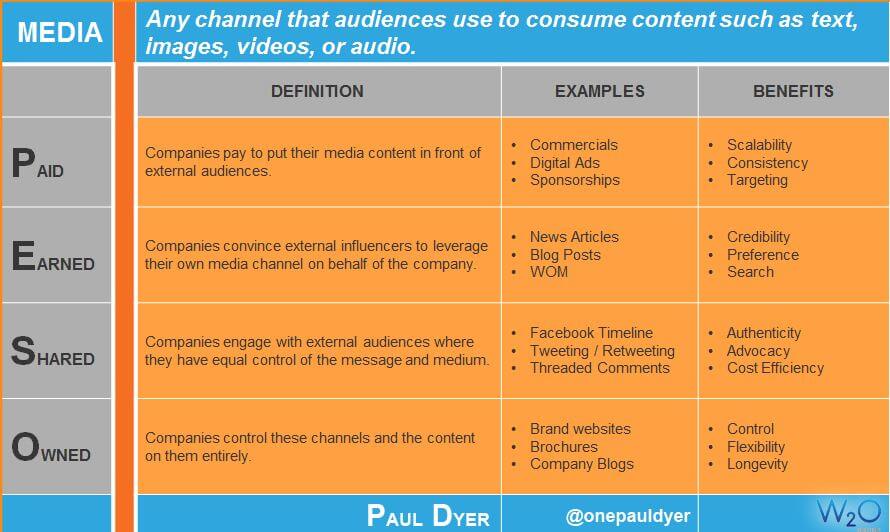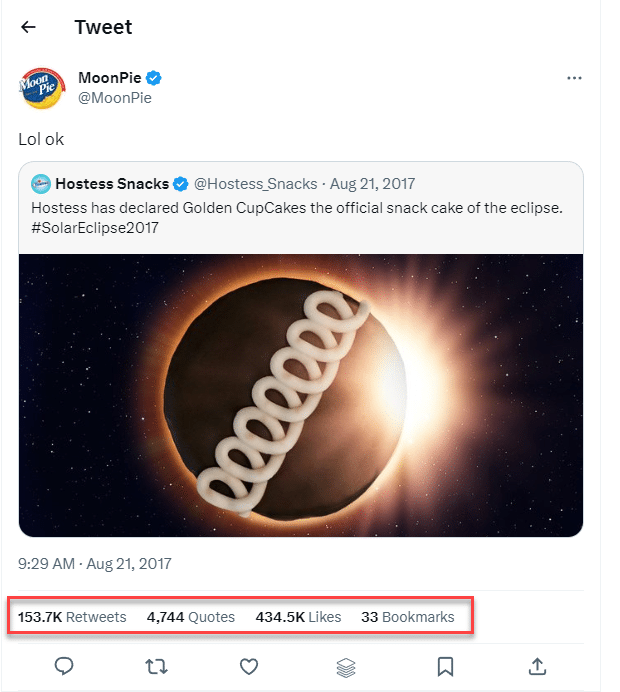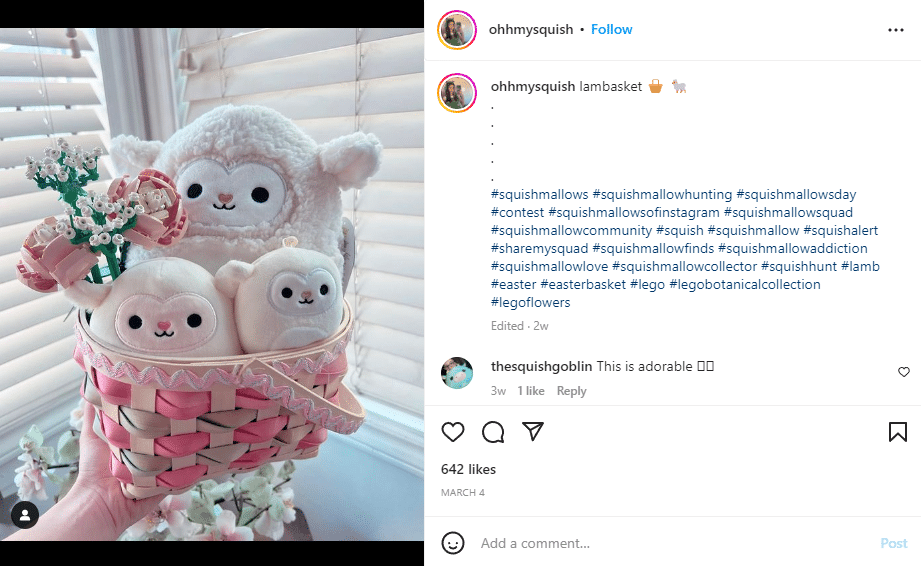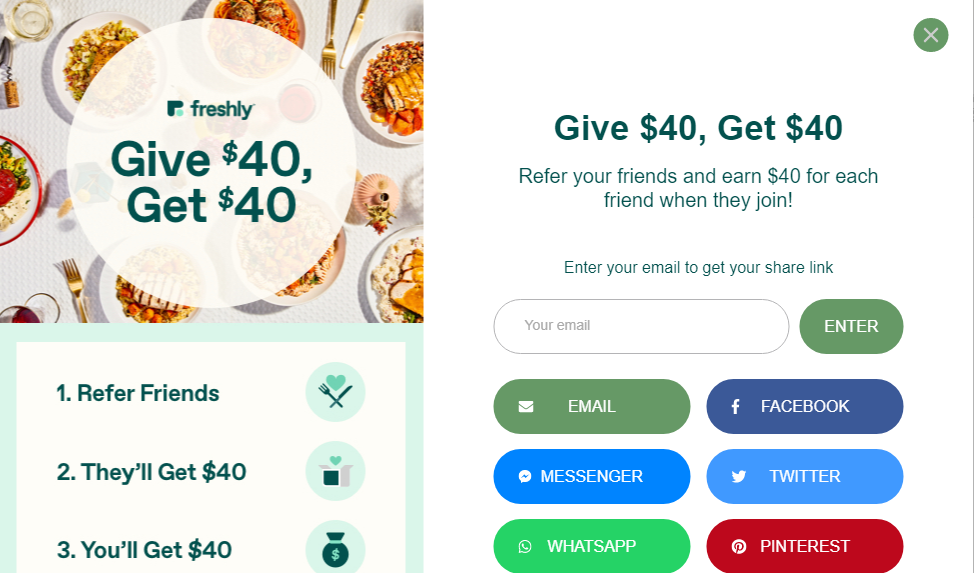Marketing isn’t just about leveraging paid, earned, and owned media campaigns anymore. Now, shared media has transformed the landscape – and as social media becomes more and more prominent, shared media has only increased in importance.
This shared media strategy guide will cover what exactly sets shared media apart, how it fits into the PESO model, and how you can take advantage of shared media within your digital marketing strategy.
What is shared media?
Shared media is a type of content related to your brand that people create and share independently. It’s typically shared through social media platforms. But it could also be created in places like forums, chat groups, Discord servers, and other communities where media is shared.
Shared media can be memes featuring your brand, word-of-mouth mentions, photos of your products, TikTok videos, or even shares of content that was originally posted by your brand. What makes it shared media is that the content itself takes off as a cool and fun thing to post, re-post, link, and spread by the community, instead of through a brand-powered channel.
What is the PESO model and how does shared media fit in?
For every brand, what is published featuring your company and products falls somewhere within the PESO model: Paid, Earned, Shared, and Owned media. It’s key for every marketer to leverage all four types of media together in their marketing strategy for the widest reach and maximum measurability.
One of the most effective ways to grow your brand is through shared media, which happens when your audience talks about and shares content related to your brand.
What makes shared media unique?
What sets shared media apart from paid and owned media is that you have no control over how it’s shared – and no control over the vast potential reach of something if social sharing goes viral. Shared media is more organic and has far greater reach than almost any other type of media that your company can influence.
However, there are ways to influence and encourage shared media through the motivations behind sharing.While you do not have direct control over what your audience shares, a brand can influence shared media to great benefit by understanding its channels and audience.
Why is shared media so important?
Shared media is a powerful form of content because it is organic. It’s cool, fun, and has social motivation to propel it forward. While you don’t control the conversation, you’ll still increase brand awareness sharply should shared media take off, as the reach of just one popular shared media post could easily be in the millions. But it’s not just reach and brand awareness that make shared media so powerful. Here are some other factors that make shared media so important for your brand:
Social currency
People only share what makes them look cool and content they believe their friends or followers will enjoy. Like posing with designer sunglasses, posting content about your brand is about making themselves look amazing. Sharers put their own reputations on the line by associating with your brand, which, in turn, makes your brand look powerful and appealing.
Once this begins, the “cool factor” applied to your product or content will gain momentum, and others seeking reputation through social currency may start sharing their own content featuring your brand.
Social proof
Shared media also has the power of social proof behind it. Seeing others, especially trusted friends and favorite influencers, using your products will inspire others to do the same. Each time someone broadcasts a piece of shared media about your company, their social circle is more likely to join in to be a part of what their friends and influencers are doing.
Trust factor
People trust a product if they’ve seen it in action, if a trusted friend or influencer has recommended it, or if there is a growing body of positive reviews. Shared media in which people pose with and/or promote your brand is as good as a 5-star review for most. It’s validation that proves someone has used your product and found it to be worthy. Others are then more likely to trust and buy your product as a result of every piece of shared media they see.
Community
Shared media also creates a fun source of engagement for your online community. Posting pictures, videos, and memes about what your audience already loves about your brand brings people together, and those hoping to join the community may join in trends like posting pictures and ideas featuring the product for fun. This creates engagement and social connection through loving your brand.
Potential for virality
Lastly, shared media has the greatest potential of all your PESO media to go viral. A viral post is something that is seen and enjoyed by so many that it can spread to reach thousands or even millions of people over time with share after share, social circle after social circle. If you’re fortunate (say, the content becomes a meme) it may even begin to duplicate at the viral level, and reach millions of people with a single share!
Types of shared media
There are many types of shared media, but they primarily fall into these three categories: User-generated content, social media referrals, and content reshares. Each plays an important role in your shared media ecosystem.
User-generated content
User-generated content (UGC) is 100% original and created by your community. It might be snapshots with your product, memes created using your brand, or funny/meaningful blurbs about you. Some user-generated content is stunningly beautiful, some is simple, some is funny – whatever makes it catch wind and sail out into the community. It often displays how much your current users love your product, or gives examples of how your product is used.
Most UGC is impromptu, but through events like art contests and hashtag prompts, you can encourage your audience to create and share new UGC. You can also reshare UGC on your own accounts with the creator’s permission (and the prospect of potentially being featured will inspire fans to create even more UGC).
Social media referrals
Social media referrals are direct recommendations of your brand or products on social media. They may be shared by an existing customer for the benefit of their friends and followers, often vouching for your brand as a favorite solution or experience. For example, a customer may spontaneously recommend a brand of water bottles as the best they’ve ever used while camping, or a piece of art software as their favorite for creating their original artwork.
Because customers tend to refer spontaneously, it’s best to have a social media referral program ready so you can give them credit and rewards for spreading the word. Social media referral programs are awesome for other reasons as well, including the ability to incentivize successful social referrals, motivate sharing, and build trust in the social proof surrounding your company.
Content reshares
Content reshares are when you know your brand’s marketing is on the right track. These are community shares of brand content that you created. In other words, this is when owned media becomes shared media. When your audience reshares a blog post, infographic, video, or social media post you have made on their own page, they are providing organic support by showing that they love your original content.
Sharing original brand content with friends and peers gives your brand more credibility, displaying that your audience not only enjoys your content, but also agrees with what you say about yourself. And when your fans link directly to your content or website when sharing on social, their backlinks send signals that help improve your SEO optimization, increasing the chances that you’ll be found via search engines.
While you cannot control which of your brand’s owned media becomes a popular piece of shared media, you can increase the number by crafting content that meets the tastes, needs, or humor of your target audience.
What makes shared media different from other media types?
Every brand’s online presence is made up of four types of media, PESO (paid, earned, shared, owned), which represents all the ways in which your brand’s content gets out to your audience. Shared media plays an important role in your publicity ecosystem because it reflects your audience’s responses and attitudes – and it can also incorporate every other type of media by re-sharing anything that your audience enjoys or agrees with.
Because of this, shared media both contrasts and relates to each of the other types of media within your brand’s publicity sphere.
Shared media vs. Paid media
Paid media is content crafted by your brand that you have spent money to broadcast. Paid media today begins and ends with Google Ads (PPC ads), but traditionally has also included things like television and radio ads, billboards, product placements, and print publication ads. With online marketing, paid media typically takes the form of sponsored search results or banner ads.
Paid media is typically the least trusted because people know your primary goal is to promote a product. However, social resharing can give your paid media more weight. In contrast with paid media, shared media typically costs nothing because others create or promote it for you. However, some shared media can also be paid, such as paid influencers, affiliates, and brand ambassadors. You can also incentivize social media referrals with a referral program.
Shared media vs. Owned media
Owned media consists of any media assets created by your brand and broadcasted on channels controlled by your brand. This includes your own content marketing efforts, including blog posts and your own social media posts. It also includes whitepapers, webinars and podcasts that you host, thought leadership that you publish, and press releases that you create and publish yourself.
When shared media consists of UGC, it is considered the opposite of owned media. Where you have the most control over owned media, you have the least control over shared media. That said, a great deal of shared media begins as owned media. As soon as someone shares something that you originally posted, it becomes shared media.
Shared media vs. Earned media
Traditional earned media includes news articles, awards, best-of lists, recommendations from bloggers, and other publications that feature your brand but are created by other people. Referral marketing (no matter where the referrals are made) also count as earned media, since a customer or fan tells others about your brand.
In the modern environment, earned media and shared media overlap considerably, as social posts and UGC created by fans count as both earned and shared media.
Earned media is when you are featured and promoted by others based on merit rather than your own promotional efforts. Therefore, all shared media is earned media (you have earned the share) but not all earned media is shared media.
Referrals, reviews, and publications that occur away from social media channels do not fall under the definition of shared media, though they can be linked in part or in whole to become shared media.
Shared and earned media are both highly trusted, because they are inspired by natural sentiment instead of being promotional material from your brand.
Social media referral programs: paid, owned, earned, and shared media
At the center of the PESO media Venn diagram is social media referral programs. These give you an opportunity to encourage, inspire, pay for, and take control of the media published about your brand. A social media referral program draws from elements of every media type in order to help create and reward the creation of media featuring your brand.
What is a social media referral program?
A social media referral program is when you incentivize earned and shared content featuring your brand, primarily in the form of referrals. Customers who choose to speak highly of your brand because they already love your products can generate their own referral link to win incentives and rewards for every new customer who is persuaded by their praise.
Program-linked referrals also give you the opportunity to track where your new customers are coming from and which referrals have the greatest impact, as well as offering greater control over messaging through incentivization.
Incentive payments
Social referrals become both shared media and paid media when you offer incentives in the form of payments or valuable rewards to those doing the referring. The paid nature allows you to encourage your audience to create shared media and to broadcast their shares to a wider audience for everyone’s benefit.
Controlled channel
Social media referral programs take place primarily on a channel that you own (the referral program), which can transform shared media into owned media. By participating in the program, you also ask your audience to give implicit permission for you to use their original content for the sake of the brand. This gives you greater control while rewarding the original creator.
Earned praise
Another great thing about social media referral programs is that the media is still earned. Social media referrals are highly trusted because they are coming from peers who are sharing their genuine reasons for recommending your brand to others.
Tracked social reach
Lastly, because the program takes place on social media sites, you gain all the benefits of shared media’s social reach, social currency, and social proof. But thanks to the referral program’s tracking features, you’ll be able to measure the direct impact of every share in sales, with detailed metrics.
Conclusion
Shared media is a powerful avenue for online visibility, social proof, lead generation, and acquiring new customers. Each share reflects how your customers enjoy and interact with the brand, with both trusted and far-reaching impact. While you cannot fully control who shares or how far it goes, you can encourage shared media, track reach, and reward those who successfully bring in new customers through a social media referral program.
Referral Rock can help you build a social media referral program that ties in naturally with your community, gives you access to trusted ambassadors, and provide insights on just how effective your brand’s body of shared media can be. Contact us today to explore the possibilities.

